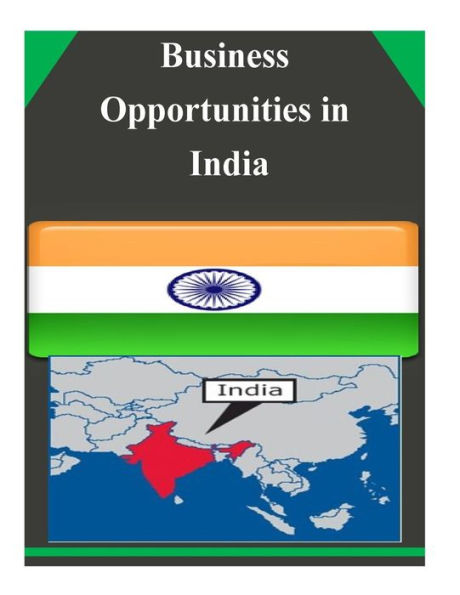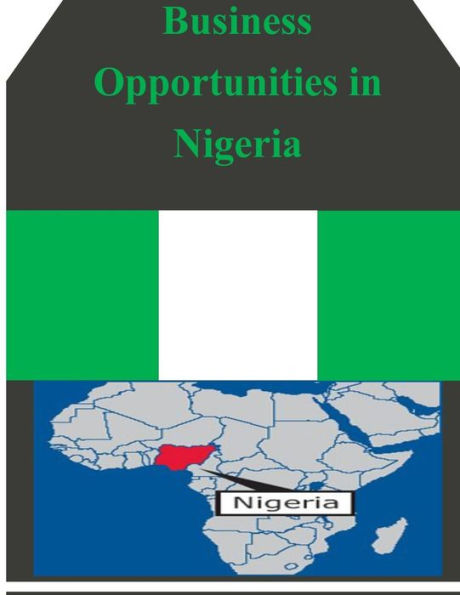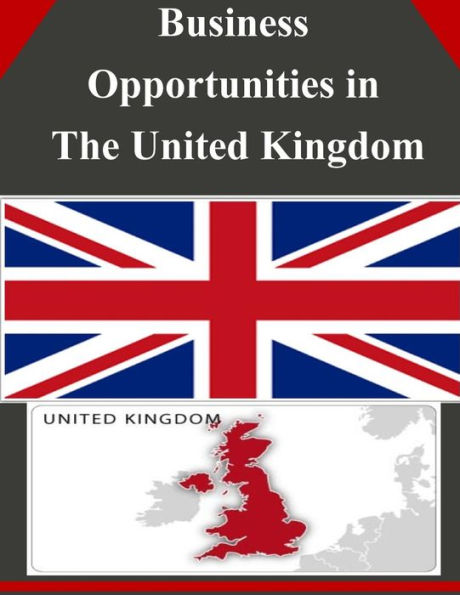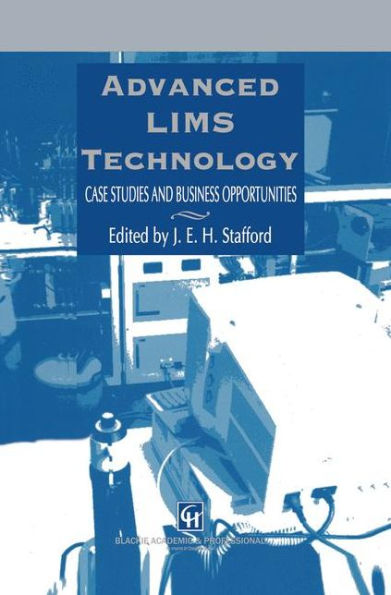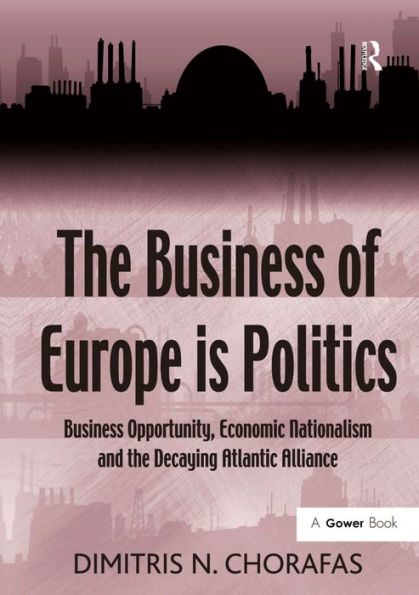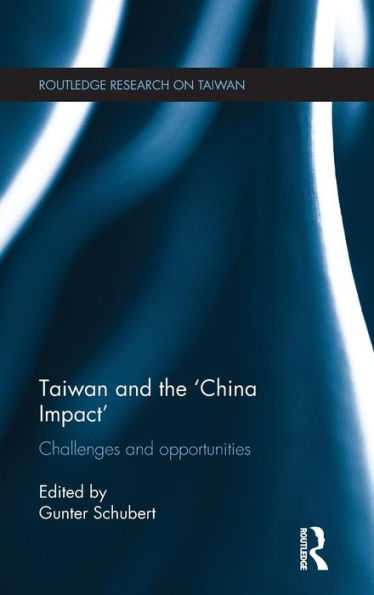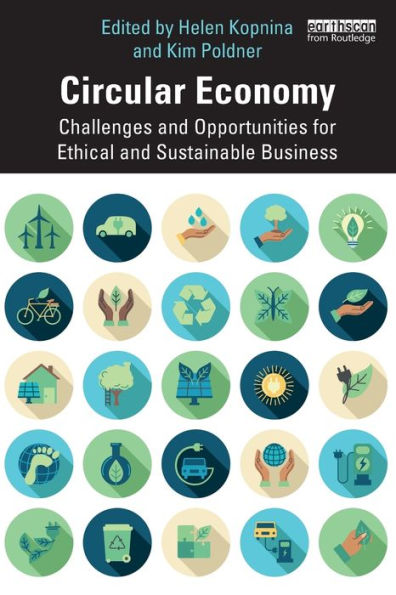Home
Business Opportunities in China
Loading Inventory...
Barnes and Noble
Business Opportunities in China
Current price: $15.95
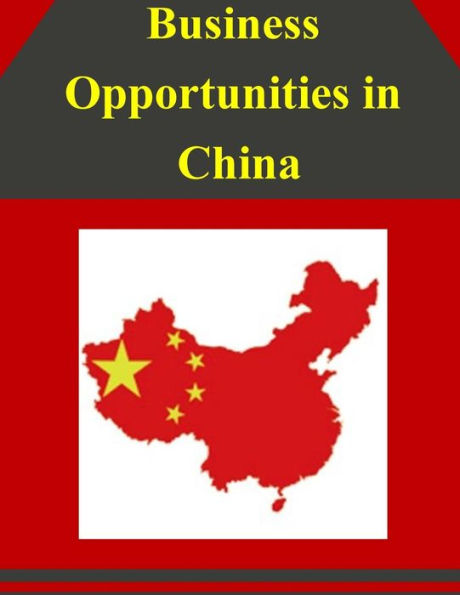

Barnes and Noble
Business Opportunities in China
Current price: $15.95
Loading Inventory...
Size: OS
*Product Information may vary - to confirm product availability, pricing, and additional information please contact Barnes and Noble
The biggest news in China in 2012 was the leadership transition as Xi Jinping took over as President from Hu Jintao, and Li Keqiang took over as Premier from Wen Jiabao. What impact they will have on economic governance remains to be determined. The International Monetary Fund estimates that China's 2013 GDP growth will be 7.8%. The Chinese government's new leadership has acknowledged that the country's economic growth will slow going forward due to a number of internal and external factors, likely to the range of 7-7.5% in the short- to mid-term, but has not reacted with stimulus measures through the first half of 2013.= Despite slowing GDP growth, which in 2012 was at the lowest level in 13 years, employment has remained stable, but weak profitability in certain sectors and continued external headwinds affecting export-oriented manufacturing may be cause for concern going forward. Inflation was at an annualized level of 2.6% in 2012, and has remained low through the first half of 2013. China's newly-installed economic policymakers have focused their rhetoric on achieving sustainable, high-quality growth versus fast growth, and transforming the country's economic growth model to have a greater focus on consumption, service sector development, and innovation. The government continues to list controlling residential real estate prices as a priority, but year-on-year house prices rose 4.3% across China in April 2013, and total credit expanded by 65% year-on-year in the first four months of 2013, with credit-to-GDP exceeding 200% by mid-2013, according to some analysts. The unprecedented expansion of credit is the result of stimulus measures undertaken by the government in 2008-2009 and 2012 to cushion a slowing economy. China's new government has vowed to refrain from stimulus, but observers are unclear how much of a slowdown the leadership can accept before intervening. Exports remain a vital part of China's economy, and the Euro-zone economy remains an important factor for the health of China's economy. China's economy has seen enormous benefits from fixed asset investment, particularly in response to the financial crisis of 2008, which reduced exports as a percent of GDP. This investment-led growth, however, is widely perceived as unsustainable and China's leadership addressed this concern in its 12th Five-Year Plan (12th 5YP), which came out in 2011. The plan aims to increase consumption activity from approximately 35% of GDP in 2010 to 50% by 2015. The IMF estimates that total investment will remain above 47% of GDP in 2013, and household consumption remains suppressed by factors such as financial repression. The rebalancing of China's economy should create opportunities for U.S. companies that provide consumer products and services, provided China provides market access and a level playing field for foreign firms. Environmental protection is also listed as high priority in the 12th FYP, but many challenges remain in this area. China is the United States' second largest trading partner after Canada. Despite China's gradually slowing GDP growth, U.S. exports of goods to China increased to $110.6 billion in 2012, up from $104 billion in 2011. The U.S. trade deficit in goods with China widened to $315 billion in 2012, up from 2011's deficit of $295 billion. U.S. exports of services expanded to $29 billion in 2012, up from $26.7 billion in 2011, and the United States had a trade surplus in services of $17 billion with China in 2012. U.S. agricultural, fishery and forestry exports to China in 2012 reached a new high of $28.7 billion, up over 23% from 2011 making China the largest U.S. overseas market for agriculture, fish and forestry exports. Given China's rising incomes and demand for raw materials and finished foodstuffs, the U.S. Department of Agriculture forecasts that China's imports will continue to grow well into the future.

